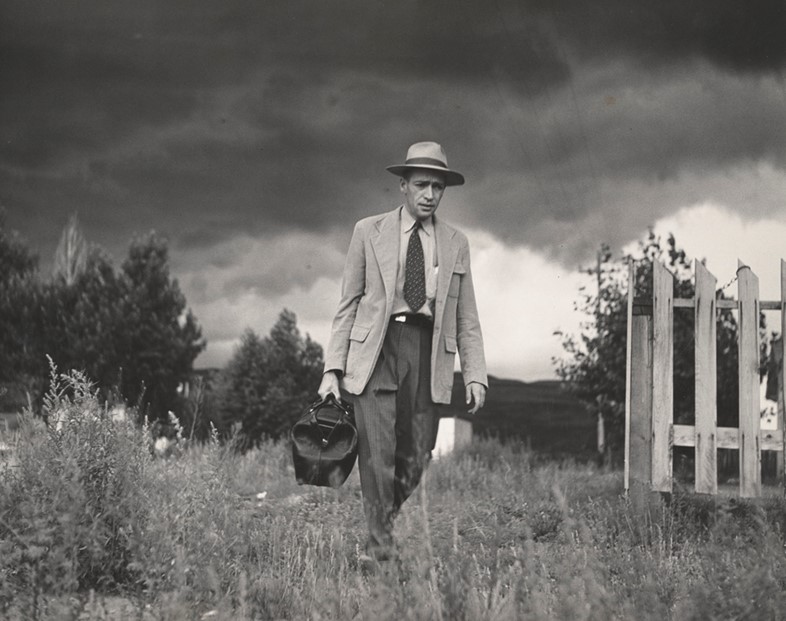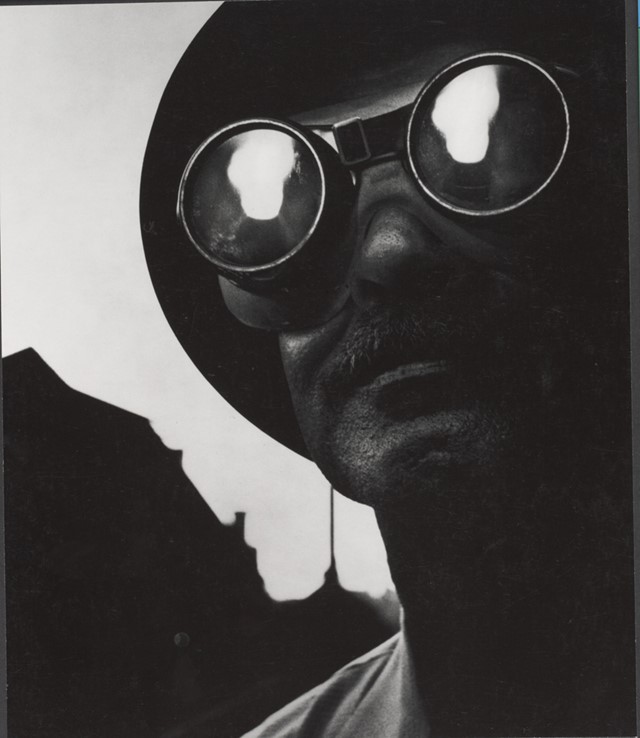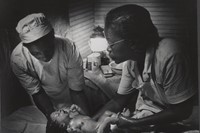More Real Than Reality is a retrospective look at W. Eugene Smith’s extended photographic stories and pictorial narratives. Believed to be the originator and, arguably, master of the photographic essay, Kansas-born Smith captured American society in a series of black and white reportage images throughout the 1940s and ‘50s. His extensive pictorial narratives, accompanied by captions and comments, covered a wide range of subjects including frontline war victims of World War II, steel workers, a midwife from South Carolina, a doctor undertaking humanitarian work in French Equatorial Africa in the 1950s, Spanish families and his own children.
Smith gave very particular, often obsessive instructions as to how the story should be presented, resulting in an incredible body of work. Yet due to his immovable nature, some of his projects failed to meet the public’s demand and his editor’s specifications, ending in defunct ventures and financial loss. Haunted by his unsuccessful endeavours, Smith succumbed to drug and alcohol abuse and his health deteriorated, resulting in his death in 1978. More Real Than Reality aims to recognise his frustrations and celebrate his photography by displaying many otherwise forgotten prints. Featuring six of his finest series, including Country Doctor (1948) — acclaimed as photojournalism’s first official photo essay— Nurse Midwife, A Man of Mercy, Spanish Village, Pittsburgh and Minamata, the exhibition also showcases work that Smith did for magazines including Life, and a short documentary about him entitled Lamp Unto My Feet.
More Real than Reality by W. Eugene Smith runs from 17 December 2010 until 16 March 2011 at Foam_Fotografiemuseum, Amsterdam.
Text by Felicity Shaw




